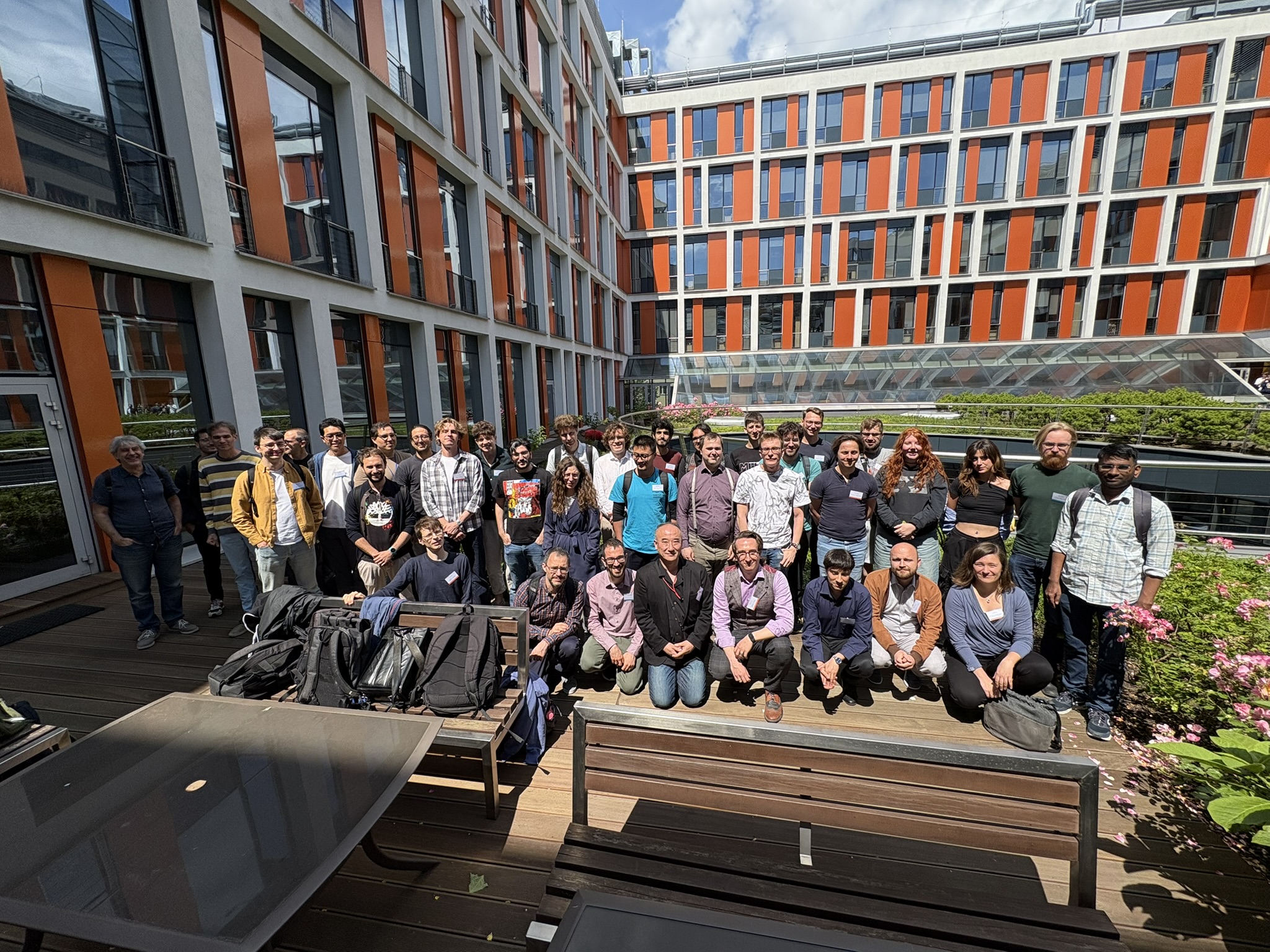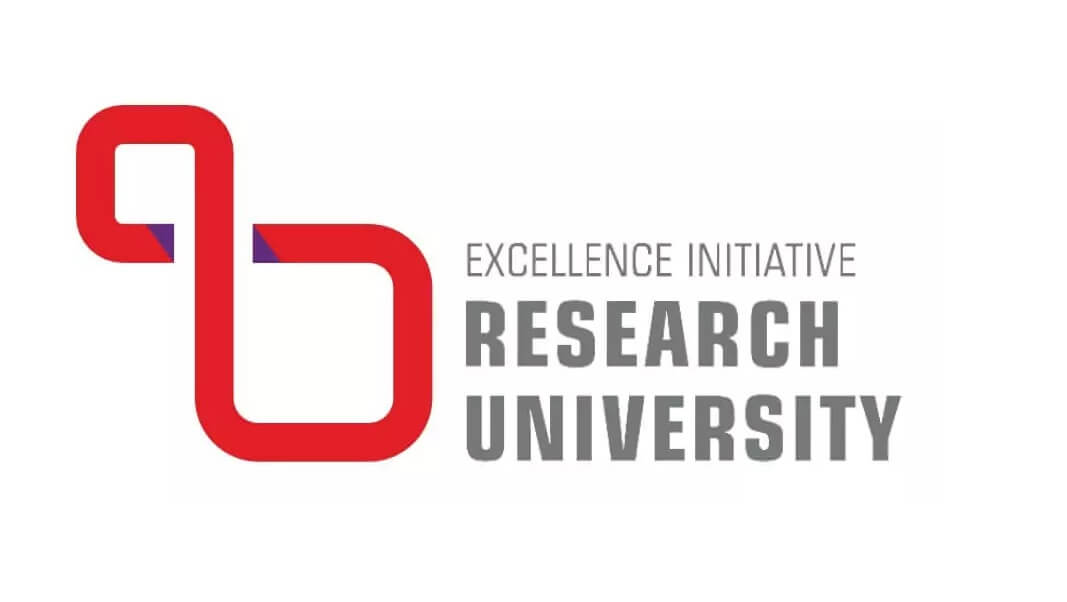Gravitational Wave Probes of Physics Beyond Standard Model 4

19 11 2025
Category: Astronomy, Events, Physics
From 23 to 27 June 2025, the Faculty of Physics, University of Warsaw, hosted the fourth edition of the workshop series “Gravitational Wave Probes of Physics Beyond the Standard Model” (GWPBSM-4). The meeting focused on the use of gravitational waves to explore phenomena beyond the Standard Model, as well as the earliest stages of the evolution of the Universe.
The event gathered researchers from around the world representing diverse fields, including particle physics, cosmology, and gravitational-wave astrophysics. Discussions centred on how gravitational-wave signals may reveal imprints of physical processes that took place in the first moments after the Big Bang—from phase transitions in the early Universe, through cosmic strings, to primordial black holes.
Key Themes
Topological Defects
The first thematic block examined cosmic topological defects—such as cosmic strings or domain walls—which may serve as sources of gravitational waves. Participants discussed their evolution, the impact of superconductivity on emission mechanisms, and potential links between topological defects and the formation of primordial black holes.
Inflation
The second part addressed how gravitational waves can be used to probe the physics of inflation—the epoch of rapid expansion in the early Universe. Presentations covered signals generated during reheating and phase transitions in the inflaton field. Speakers also discussed PTA (NANOGrav) data analyses that may—for the first time—hint at gravitational waves of inflationary origin. The workshop highlighted the importance of combining observations from PTA detectors with future missions such as LISA and the Einstein Telescope.
Cosmological Phase Transitions
The next panel focused on first-order phase transitions in the early Universe, including hydrodynamic approaches, non-perturbative methods, and holographic techniques. Special attention was given to supercooled transitions in dark sectors and to the impact of non-standard cosmological histories—such as early matter domination—on gravitational-wave production.
Gravitational-Wave Astrophysics
The final block explored astrophysical sources of gravitational waves and their relevance to fundamental physics. Discussions included results from ground-based detectors, microlensing effects on continuous-wave signals, the use of gravitational waves in searches for dark matter, and signatures of early matter-dominated eras. Participants emphasised that PTA observations are becoming an increasingly important tool for studying the evolution of supermassive black holes and their connection to dark matter.
Future Directions
The GWPBSM-4 workshop demonstrated that gravitational waves are becoming one of the most powerful tools for exploring physics beyond the Standard Model and the earliest moments in the history of the Universe. Collaboration across different detector networks, the development of new theoretical methods, and the integration of particle physics, cosmology, and astrophysics all play a crucial role in advancing this field.
More information about the workshop is available here. The event was funded by the Institute for Advanced Studies.
Photo: conference participants, by Dr Anish Ghoshal.

